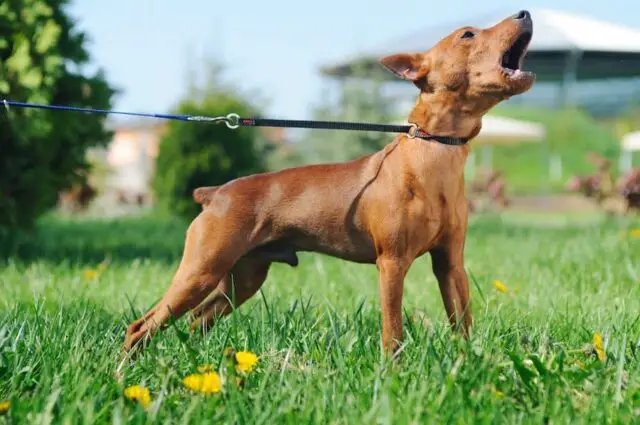Guess what? Your dog knows its left from its right. At least, when it comes to the way it wags its tail. And it may not be the secret dog messages you might suspect occurs when dogs meet each other. Tail-wagging is one of the most common (not to mention heartwarming and smile-inducing) things our dogs do all the time. But did you know that even the simplest behaviors may have unexpected meanings?
Here are 4 common canine habits and what they may mean.
1. Wag This Way

In a 2007 study by Giorgio Vallortigara, PhD, of the University of Trento, 30 dogs were introduced to a series of visual stimuli in a controlled environment. These images ranged from positive (the dog’s owner, for example) to negative (an unknown dominant male dog). The study found that a wag to the right was a reaction to something positive, while a wag to the left indicated an anxious, uncertain or negative emotion. In addition, a dog that saw another dog wag one way would often respond to that behavior and wag the same way. You can read all about the study, which was published in Current Biology,
2. Slobber Me This

Some dogs drool more than others (we’re talking to you, Saint Bernard owners). And just like we drool for a variety of reasons, so do our pets. While you might think they’re hungry, or it’s just too darn hot, this isn’t always the case. Sure, many dogs will slobber away when they’re hungry and you dangle a treat in front of them. We know a few humans who do the same.
But a drool could also be an indication of a problem in its mouth, particularly if your dog doesn’t usually slobber. These issues can range from having something stuck in its jaw to wounds to more serious problems like tumors. And drooling can be a symptom of other medical issues, including nausea and neurological disease. If your dog drools more than it normally does, you might want to consult your local vet.
3. Barking Mad?

We all know that a dog’s bark is how it communicates. But barking can represent a whole range of emotions, and knowing what each represents can help you better understand your pet. The ASPCA has a great roundup on why dogs bark, and specifies 9 types of barks:
- The territorial bark
- Barking in alarm
- Attention-seeking
- Just saying hi
- Compulsive barking
- Socially facilitated barking
- Barking out of frustration
- Communicating an illness or injury
- Separation anxiety
Your dog’s body language can often help you decode what his or her bark means. A stiff, tense posture, for example, is more likely to be a bark in alarm rather than a greeting.
4. *Yawn* I’m Not Tired

Yawning is the universal sign of feeling tired. But when was the last time you yawned because you were stressed out? Or frustrated with your parents? That’s just what your stressed dog might be doing, according to the folks at Pedigree. This dog behavior could be a calming signal that’s meant to deal with a potential threat in a passive, non-confrontational way. Or…yeah, he or she could just be beat. Sometimes a yawn is just a yawn!









